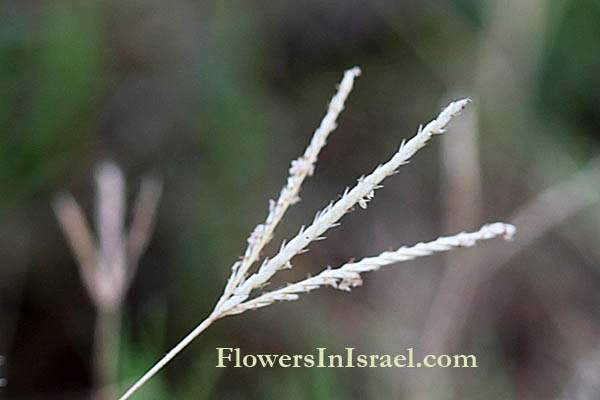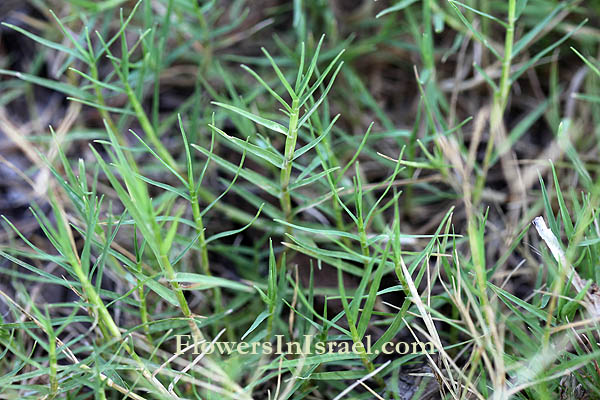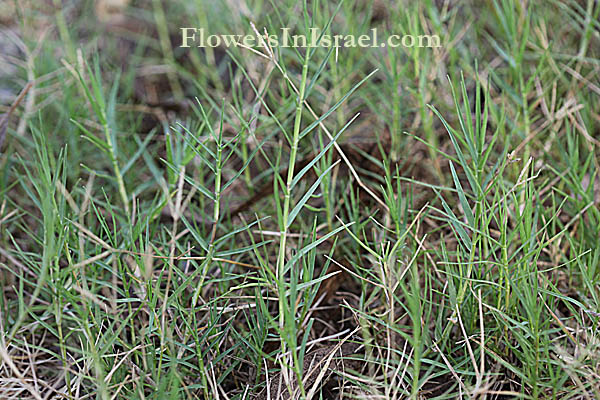Bahama Grass, Devil's Grass,
Hebrew: יבלית מצויה, Arabic: نجيل / najil, negil
| Scientific name: | Cynodon dactylon (L.) Pers. | |
| Common name: | Bermuda Grass, Dog's Tooth Grass, Bahama Grass, Devil's Grass | |
| Hebrew name: | יבלית מצויה | |
| Arabic name: | نجيل / najil, negil | |
| Plant Family: | Graminea (Poaceae), Grass Family, משפחת הדגניים |

Location: Netanya, the Dora rain pool |
| Life form: | Chamaephyte, geophyte | |
| Stems: | 1–30 cm tall;Creeping, to 40cm long, from rhizomes and stolons; erect, glabrous, terete, slightly flattened, often tinged purple in colour, mat-forming | |
| Leaves: | Alternate, entire, smooth | |
| Inflorescence: | Racemes 2-6, becoming spreading, usually 2-6 cm long, 1.5-2 mm broad | |
| Flowers: | Green, palmately compound inflorescence | |
| Fruits / pods: | Seed heads: cluster of 2–6 spikes together at the top of the stem | |
| Flowering Period: | April, May, June, July, August, September, October, November, December | |
| Habitat: | Batha, Phrygana, Shrub-steppes, Desert | |
| Distribution: | Mediterranean Woodlands and Shrublands, Semi-steppe shrublands, Shrub-steppes, Deserts and extreme deserts, Montane vegetation of Mt. Hermon | |
| Chorotype: | Plurireginalbor-trop | |
| Summer shedding: | Perennating |

Location: Netanya, the Dora rain pool Derivation of the botanical name: Cynodon, kynos (Greek), "a dog"; odus, "a tooth"; in referens to the toothed shaeth of the runners. dactylon, daktulos, δακτυλοϛ, "a finger", and refers to the inflorescence which is digitate (arranged like fingers on the hand).

Location: Netanya, the Dora rain pool |